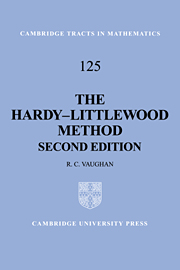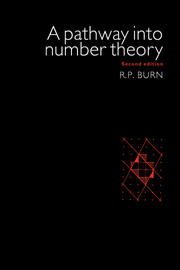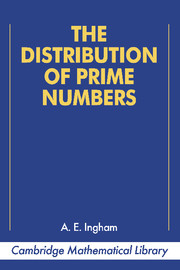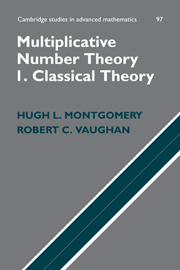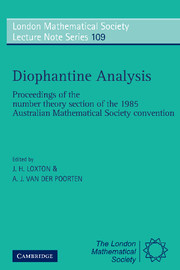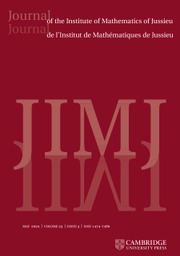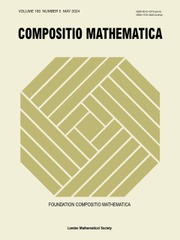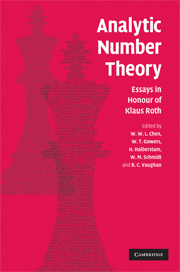The Hardy-Littlewood Method
The Hardy-Littlewood method is a means of estimating the number of integer solutions of equations and was first applied to Waring's problem on representations of integers by sums of powers. This introduction to the method deals with its classical forms and outlines some of the more recent developments. Now in its second edition, it has been fully updated; extensive revisions have been made and a new chapter added to take account of major advances by Vaughan and Wooley. The reader is expected to be familiar with elementary number theory and postgraduate students should find it of great use as an advanced textbook. It will also be indispensable to all lecturers and research workers interested in number theory and it is the standard reference on the Hardy-Littlewood method.
- Uses extensive exercises
- New and updated material
- Suitable for Master's courses or in last year of a four year degree
Reviews & endorsements
'Now in its second edition, it has been fully updated; extensive revisions have been made and a new chapter added to take account of major advances.' L'Enseignement Mathématique
Product details
March 1997Hardback
9780521573474
248 pages
236 × 157 × 19 mm
0.48kg
Available
Table of Contents
- 1. Introduction and historical background
- 2. The simplest upper bound for G(k)
- 3. Goldbach's problems
- 4. The major arcs in Waring's problem
- 5. Vinogradov's methods
- 6. Davenport's methods
- 7. Vinogradov's upper bound for G(k)
- 8. A ternary additive problem
- 9. Homogenous equations and Birch's theorem
- 10. A theorem of Roth
- 11. Diophantine inequalities
- 12. Wooley's upper bound for G(k)
- Bibliography.

